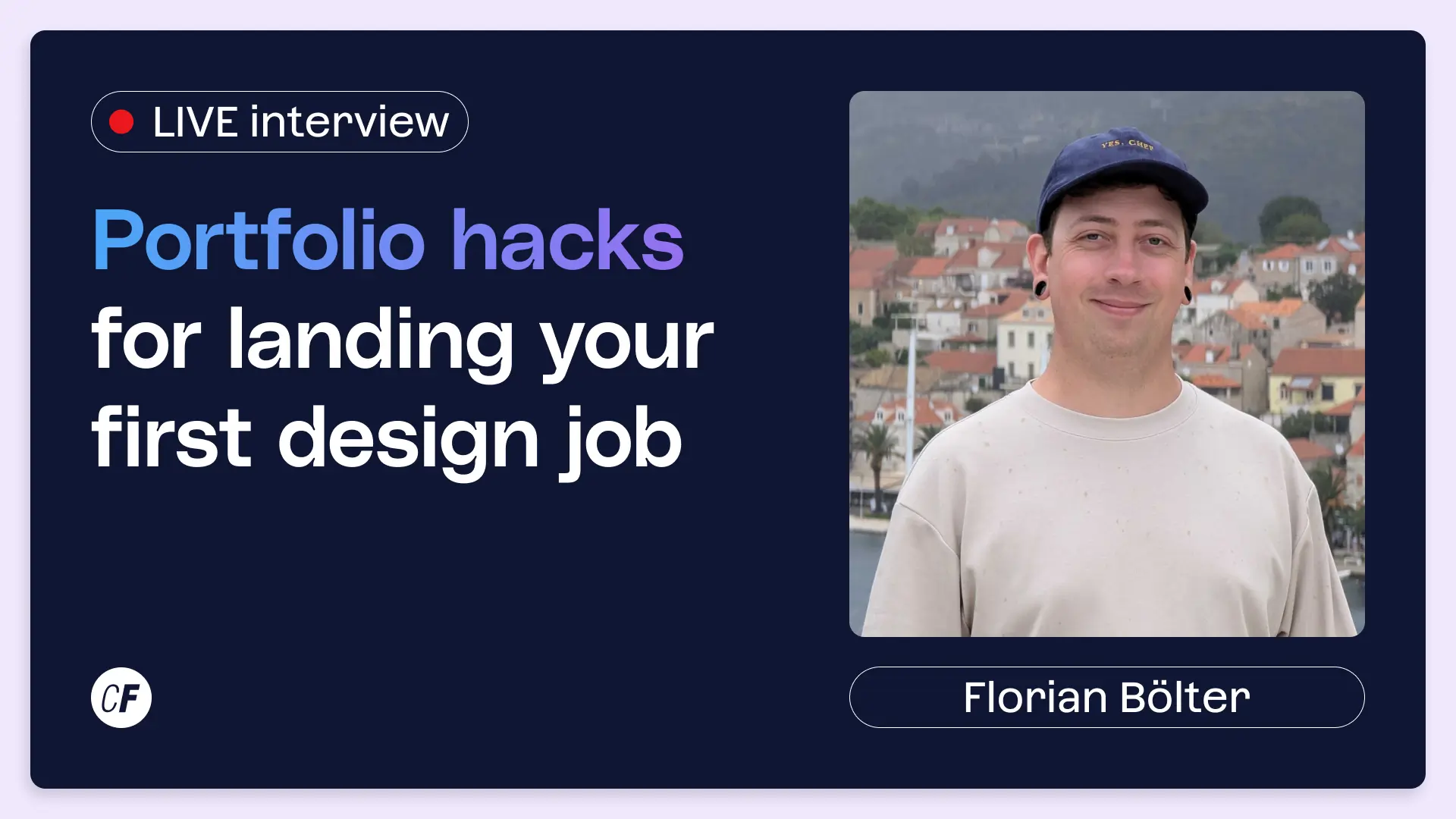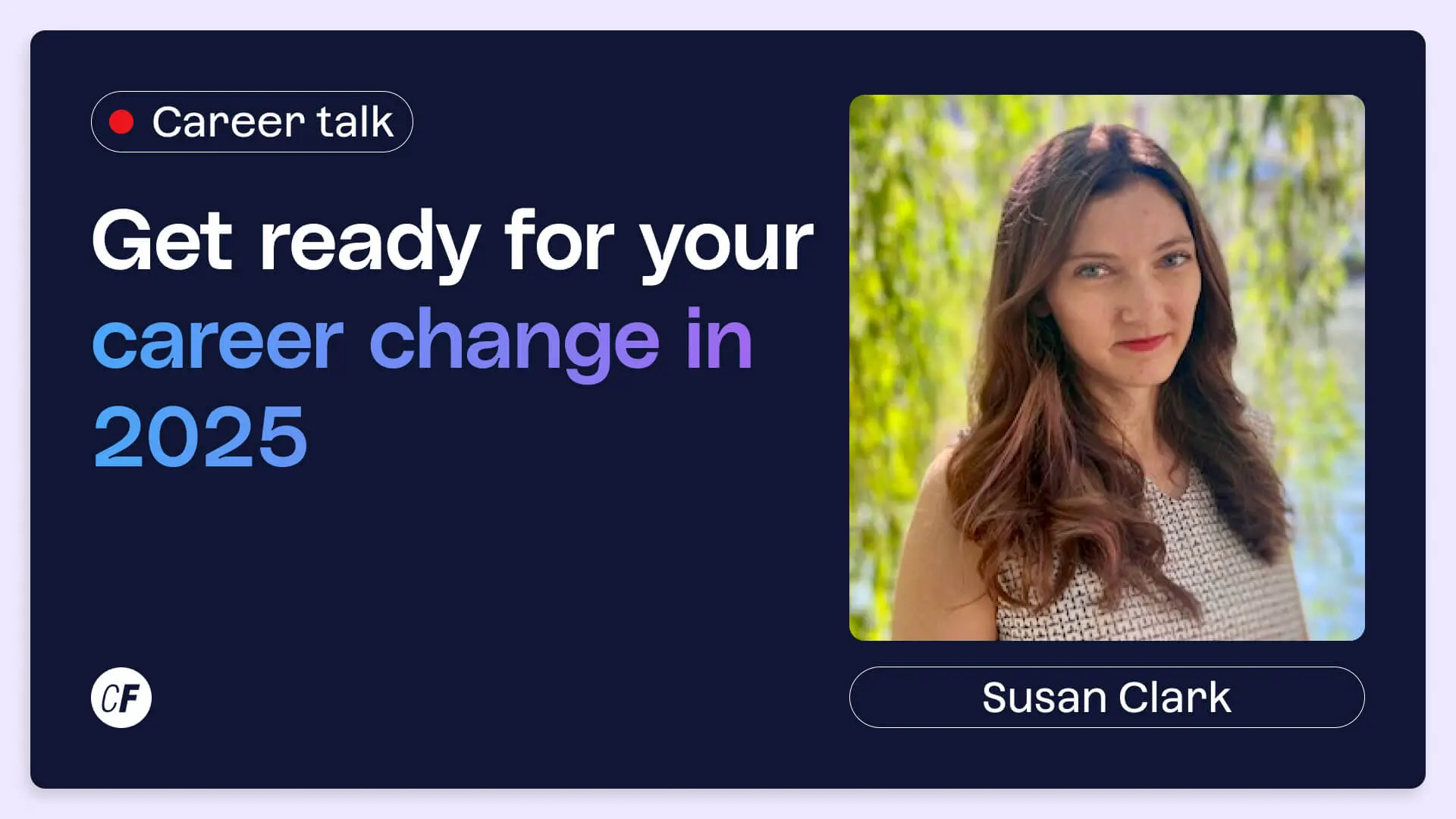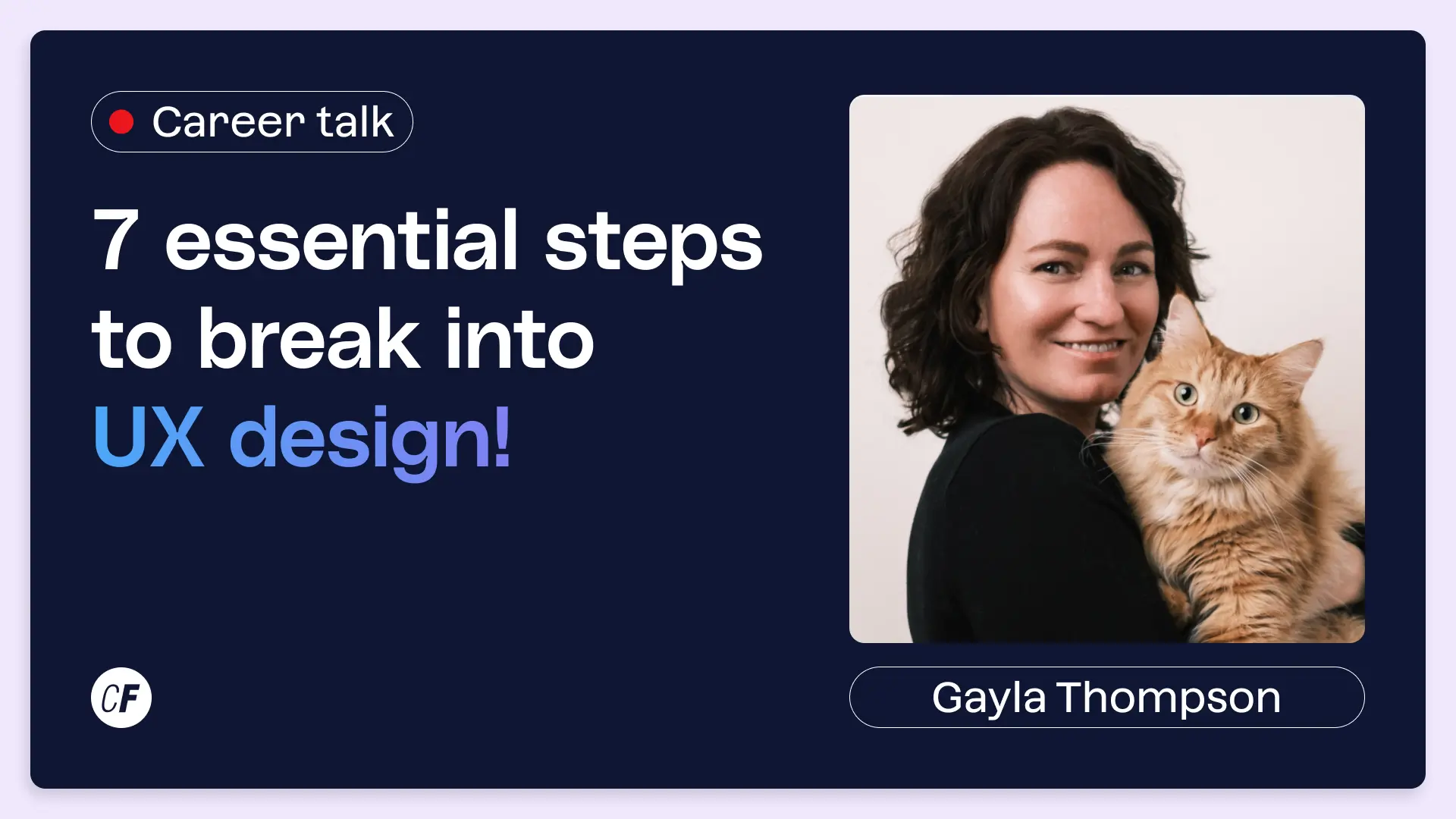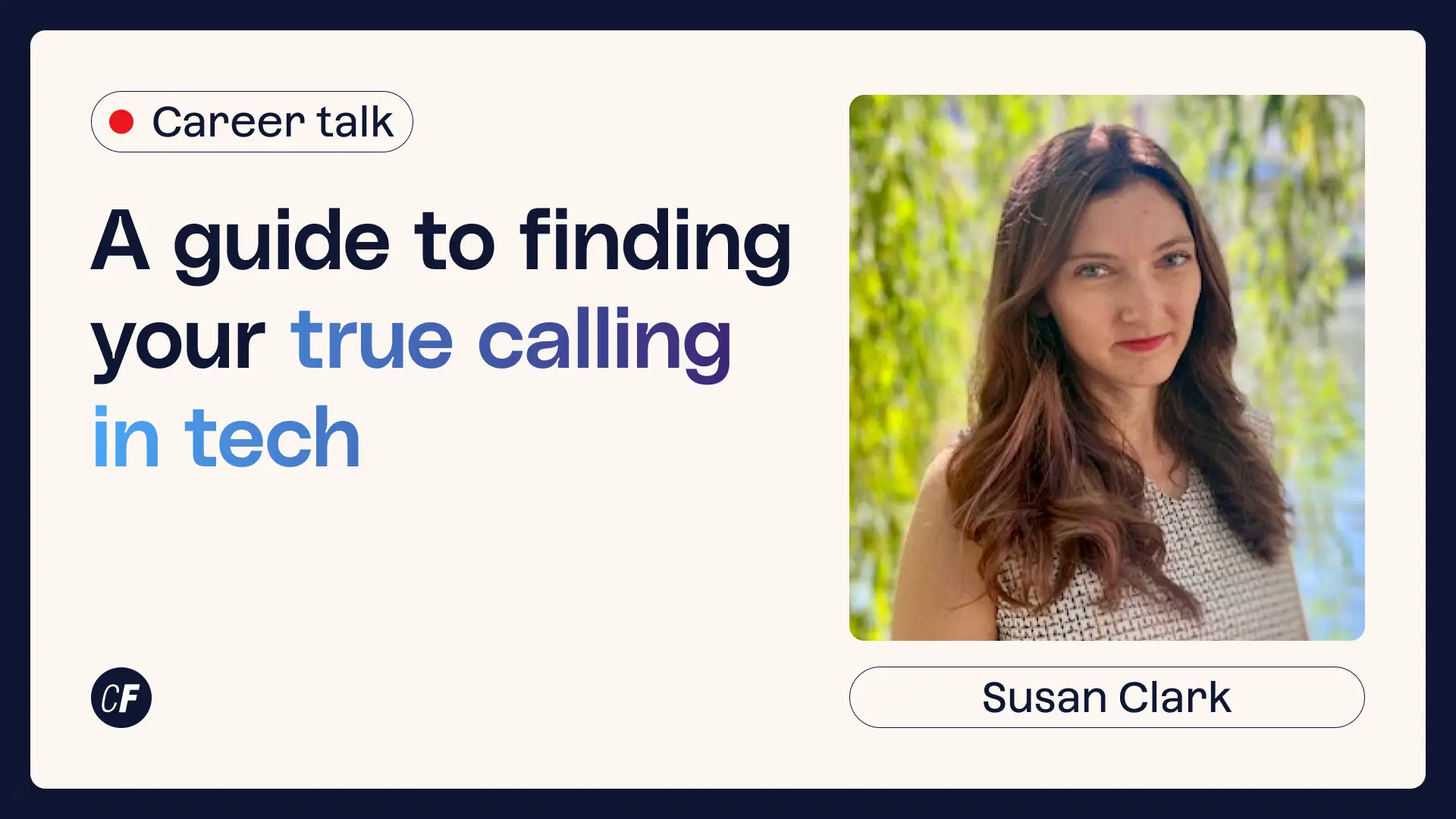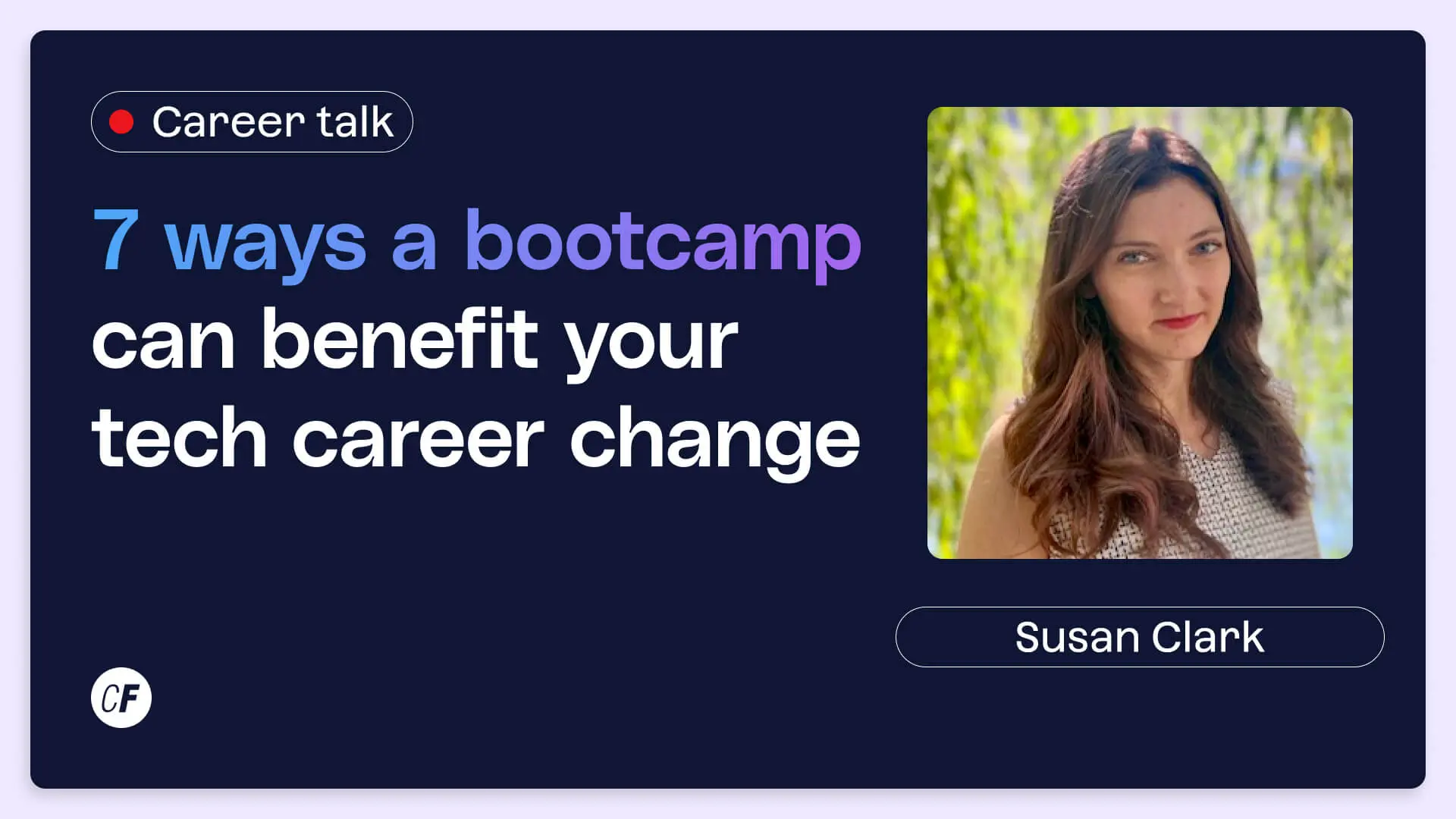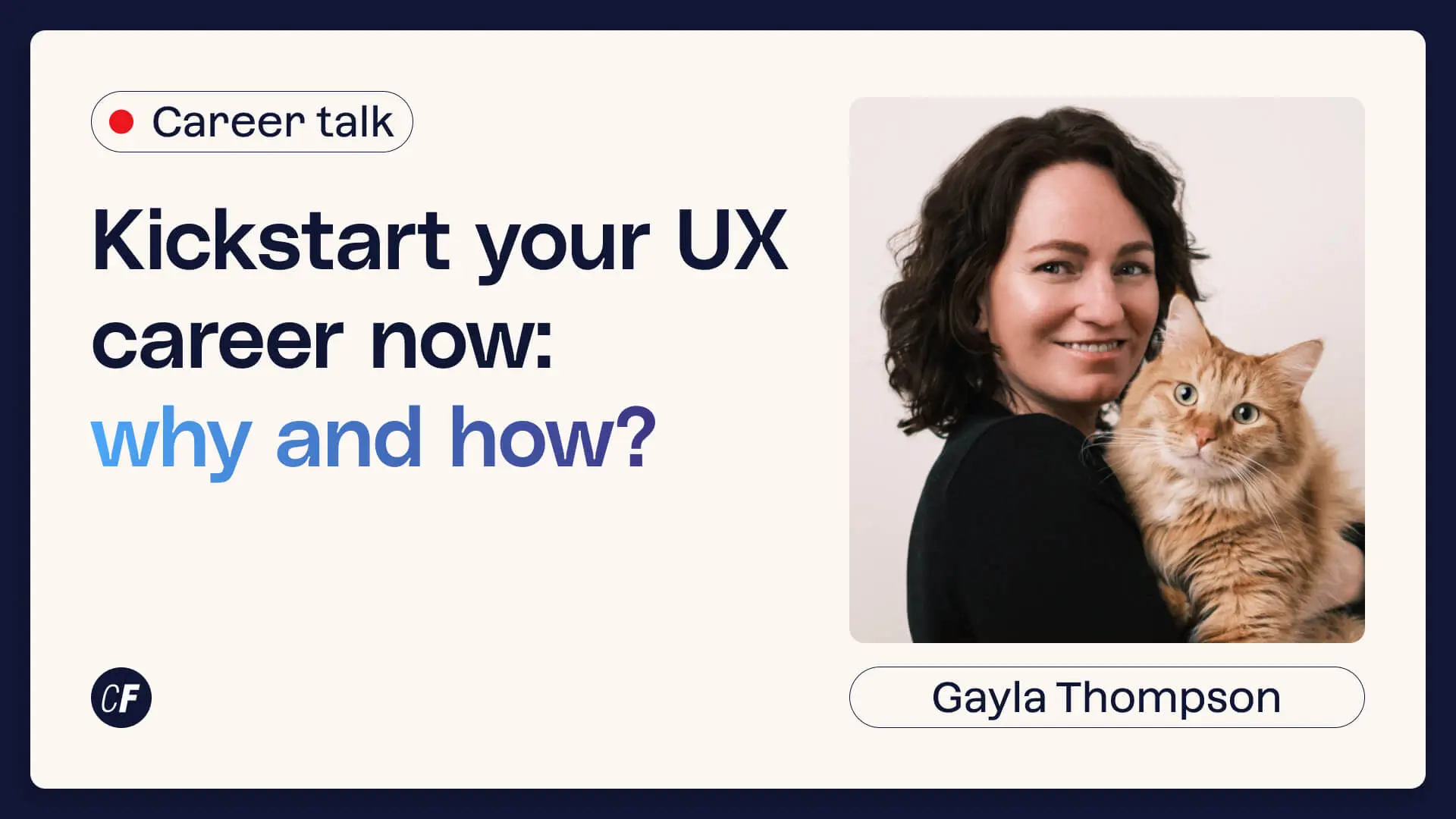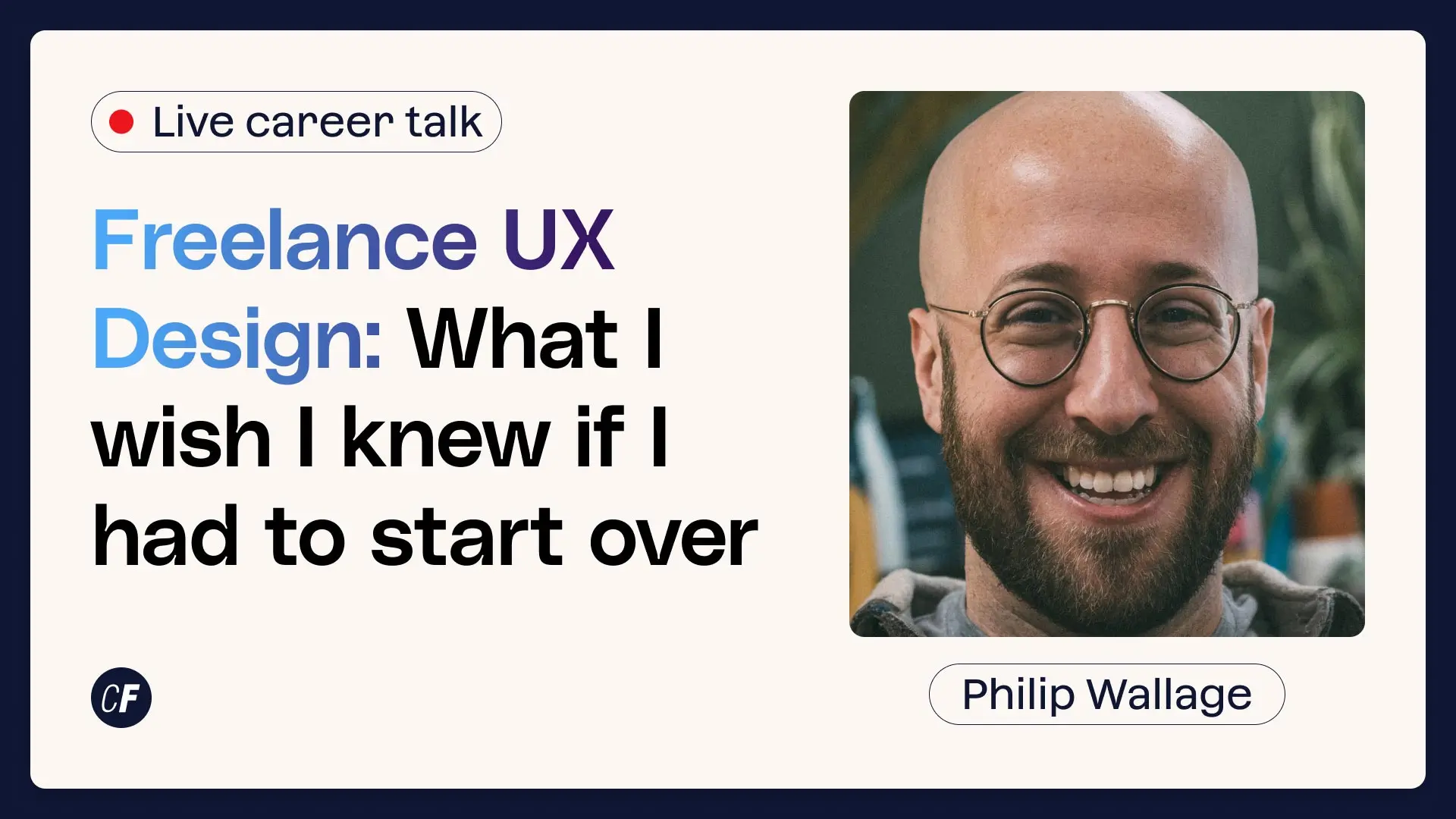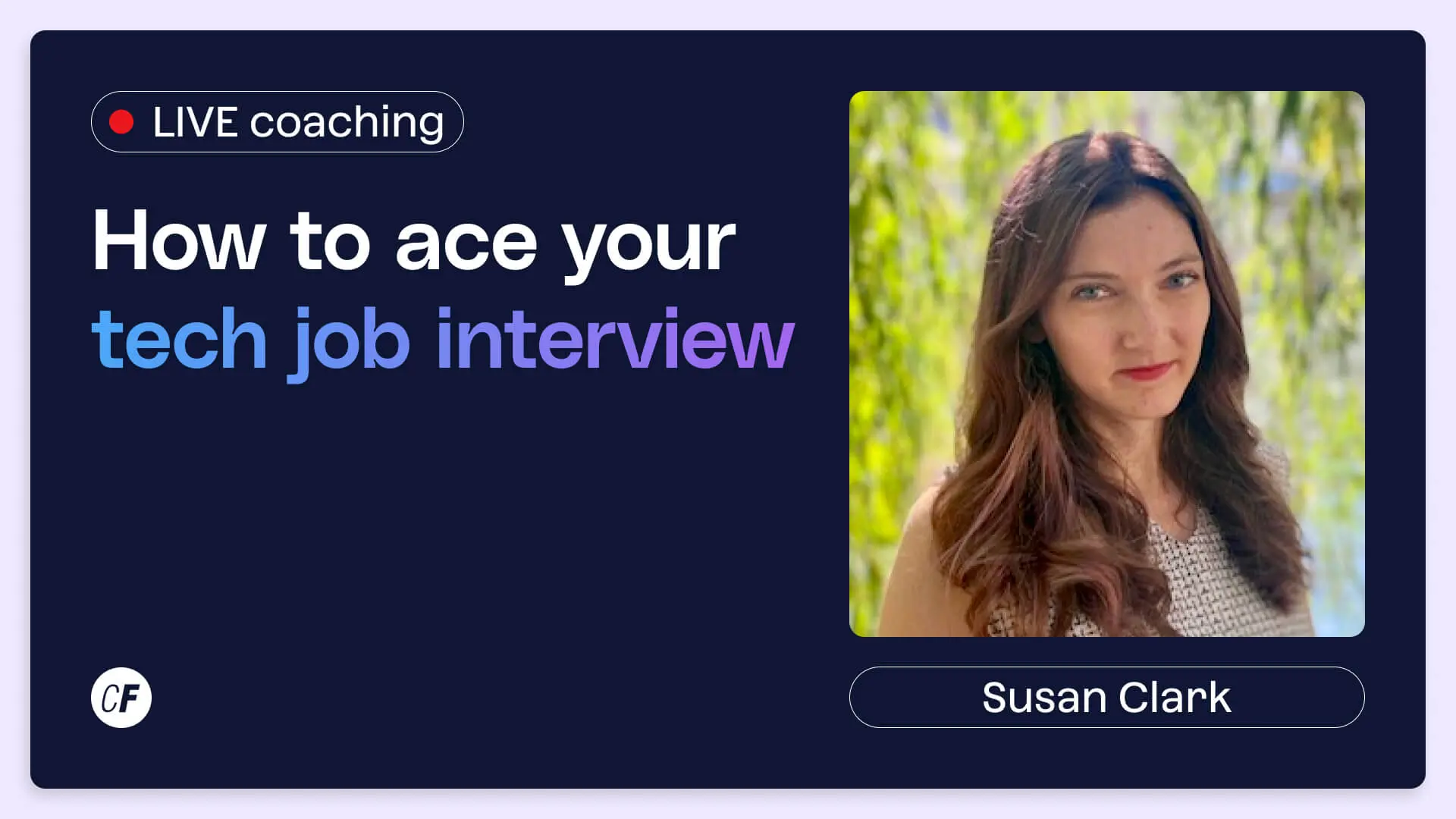Introduction To Inclusive User Interviews
How to do inclusive user interviews
Inclusive user research. It’s an absolutely key part of inclusive design, but we get a lot of questions about how to actually go about the process of conducting inclusive user interviews. So let’s have a quick overview of what inclusive design is, the role that inclusive UX research plays, and some guidelines for how to conduct inclusive user interviews.
But first, in case you’re brand new to inclusive design (in which case, welcome!), let’s start with a quick definition:
Inclusive design is the practice of actively and intentionally designing products and experiences that are welcoming to a broad(er) spectrum of humanity. It’s an actively cultivated mindset and an ongoing and intentional process. More often than not, inclusion doesn’t happen by accident. If we don’t intentionally include, we risk unintentionally excluding.
Considering this definition then, it’s easy to see why inclusive UX research matters. And a key part of inclusive UX research? User interviews. Here are a few guidelines for how to do inclusive user interviews:
- Consider who is designing the product. Inclusion starts with hiring and team building. Diverse teams conduct more inclusive research and design more inclusive products.
- Don’t skip the desk research. What information do you need that’s already available on an initial internet search? Start there.
- Intentionally recruit research participants who are from the underrepresented communities you want to design for.
- Write research objectives and questions that are inclusive. Here’s some guidance: The Ultimate Guide to Inclusive UX Writing
- Be respectful and plan for needs that are different from your own. You’ll likely be interviewing users with identities, backgrounds, abilities, and needs that are different from your own.
- Get feedback from a variety of people—stakeholders included. Learn from the diversity of their experiences and identities and share what you’ve learned from your users. The impact of your research doesn’t have to be limited to your design work!
And last but not least, continue learning. The work of inclusion is an ongoing process. Check your ego at the door, admit what you don’t know, and actively take steps to learn so that the products and experiences you design create a better world for all of your users—not just the “average” one.
Featured presenters

Vale Querini
UX consultant
Vale is a UX consultant with a passion for thoughtful digital products and services that welcome and value everyone. They believe that in order to shape a better, more inclusive world, we need designers who understand the power and responsibility that comes with their role. They've worked in the innovation space of industries such as urban mobility, fashion e-commerce, and private search technology. They mentor UX students at CareerFoundry and teach design thinking to newcomers at ReDI School.

